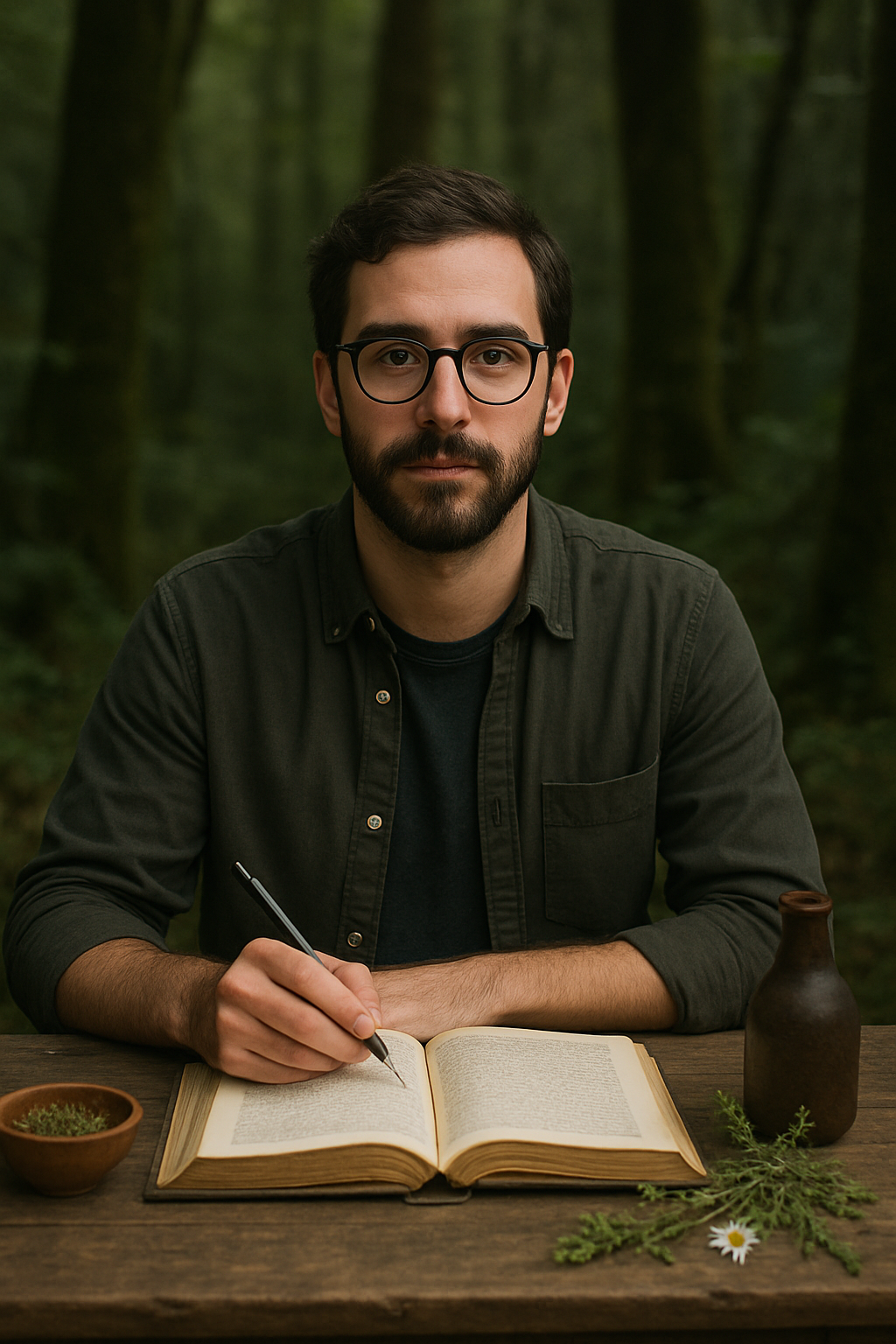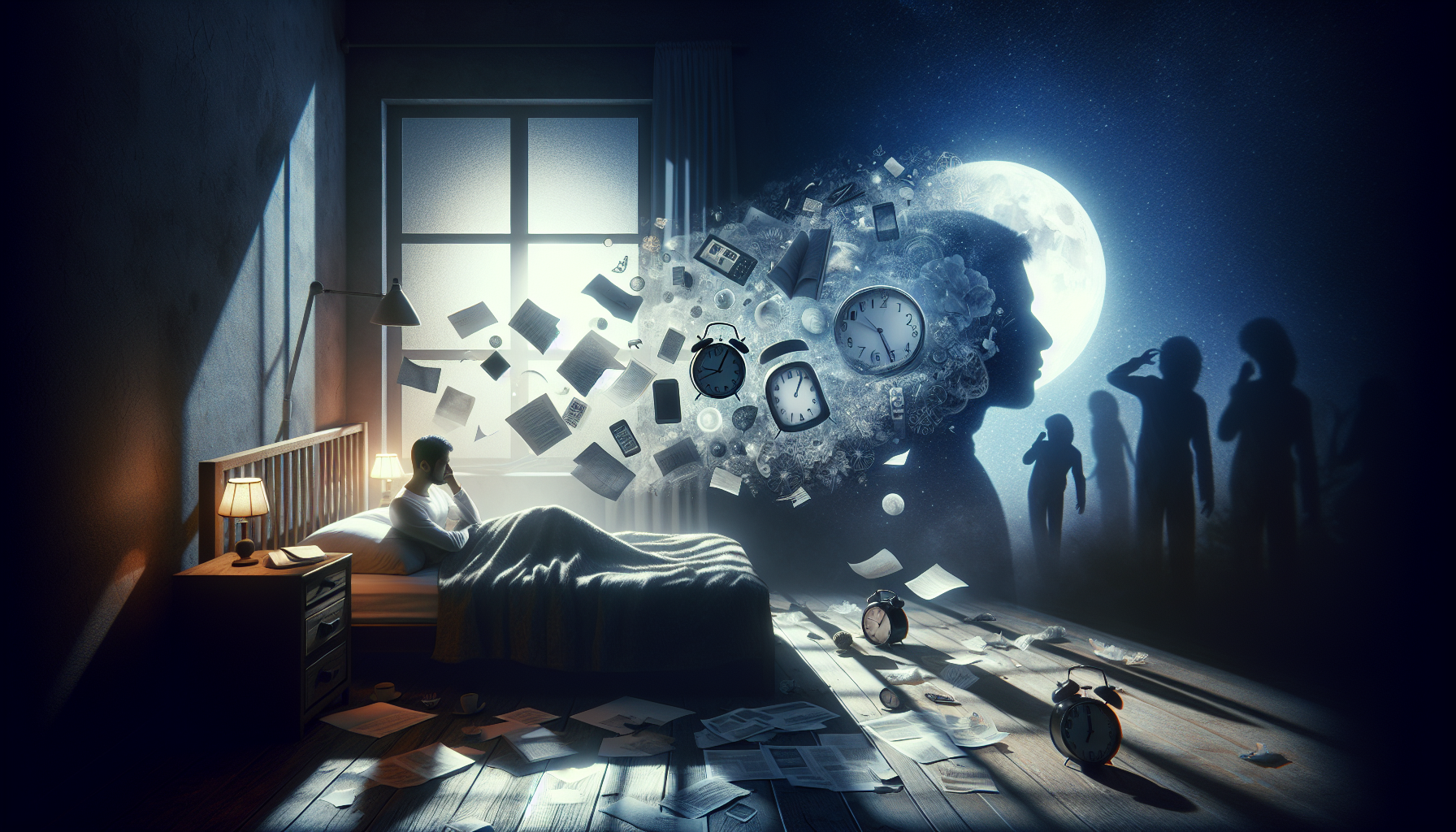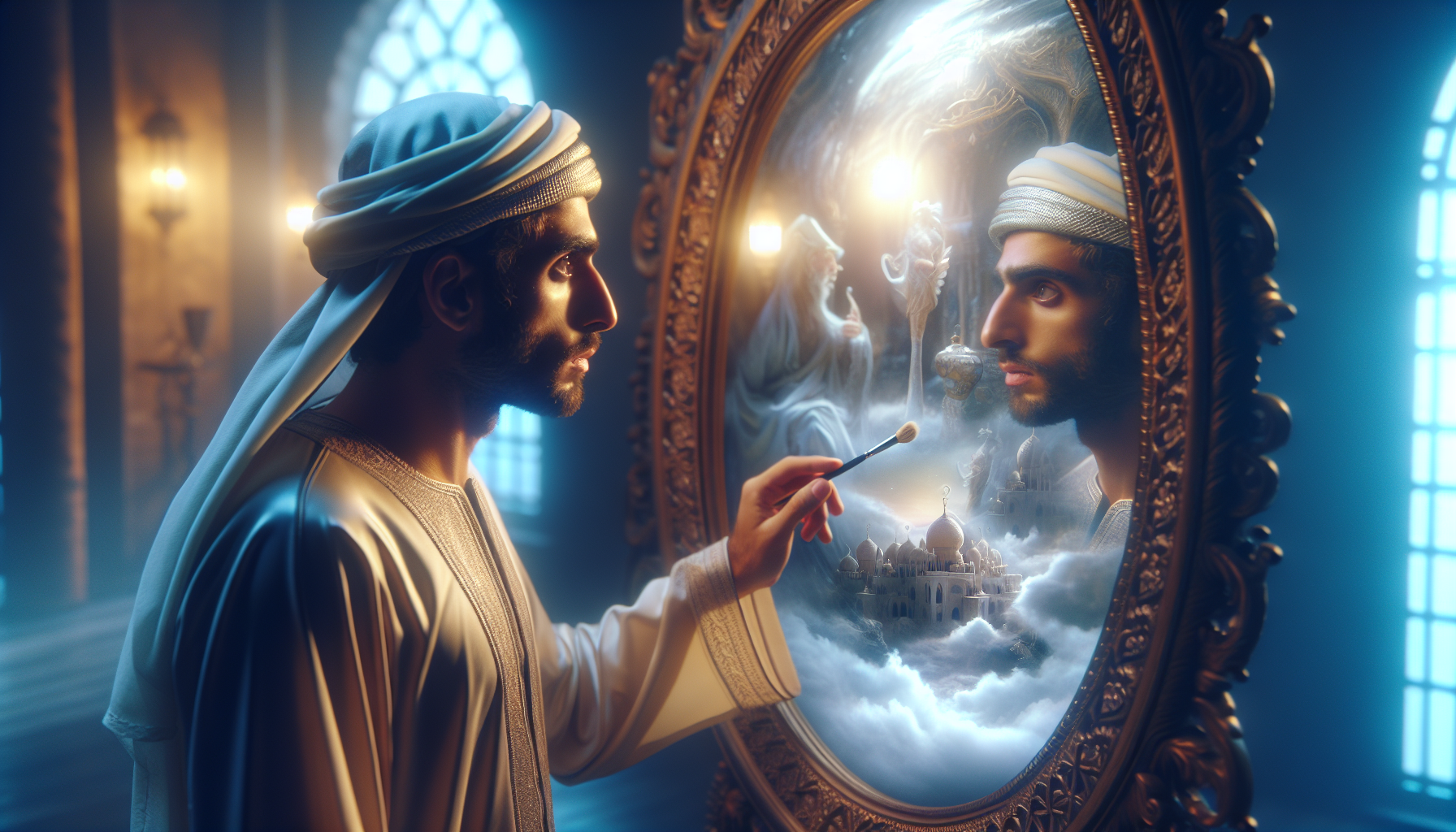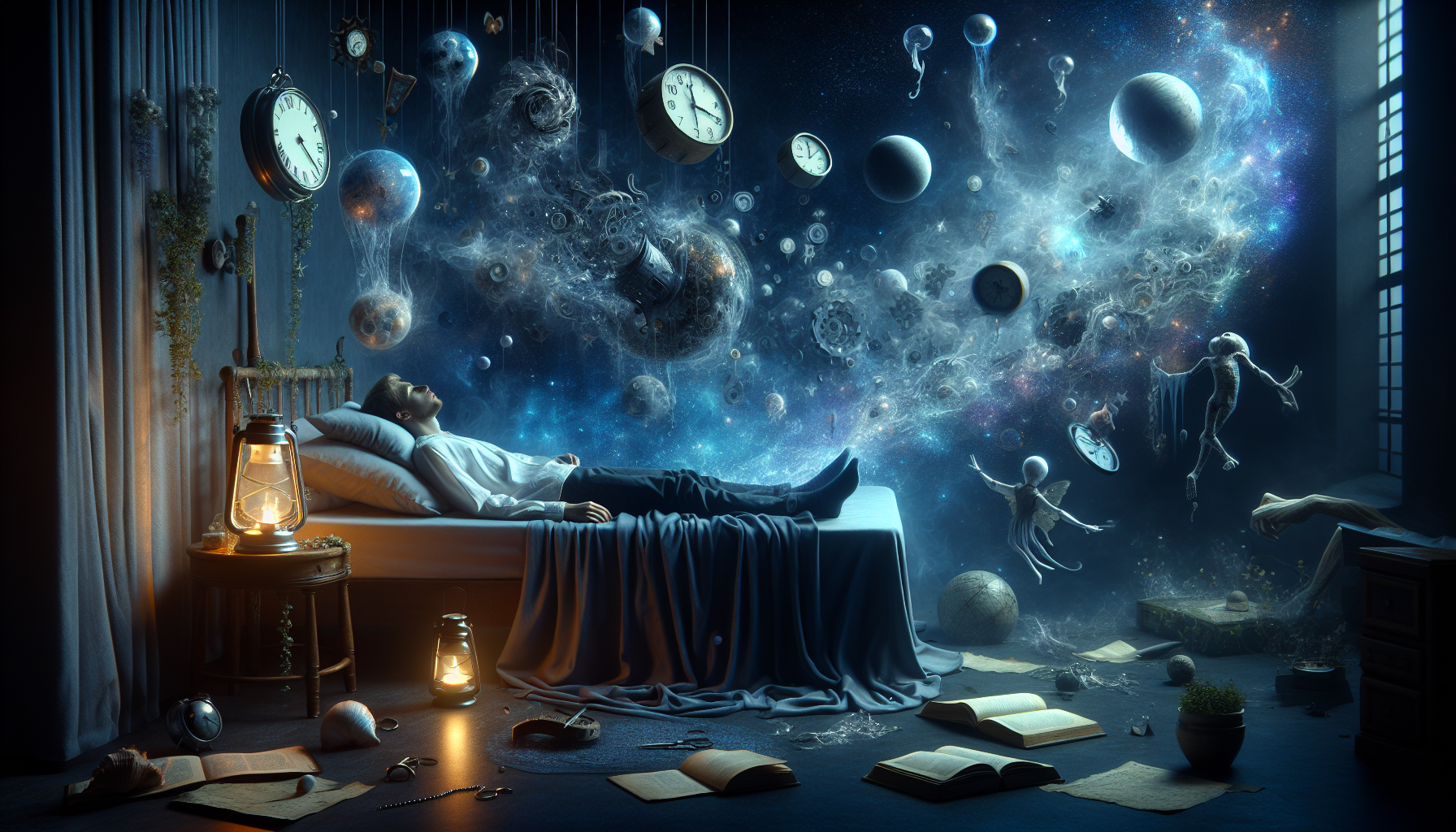In the quiet solitude of night, when the world drifts into slumber and dreams take flight, there exists a realm where the boundaries of reality blur, and imagination roams free. It is in this shadowy domain that nightmares lurk, casting long, eerie shadows over the landscapes of our minds. For many, these nocturnal visions are unsettling visitors, embodying fears and anxieties that linger long after the break of dawn. But what if we could harness the raw, untamed energy of these nightmares and transform them into something beautiful, something transcendent? 🌌 This intriguing possibility forms the heart of our exploration today—a journey from fright to sight, where the terrifying becomes the breathtaking, and nightmares evolve into stunning works of art.
Throughout history, artists have drawn inspiration from the deepest recesses of the human psyche, tapping into a wellspring of emotions that defy conventional understanding. The surrealists, the romantics, and even contemporary creators have all, in their own unique ways, ventured into the dreamscape, mining it for creative gold. In this article, we will delve into the transformative power of art as a medium to confront and conquer our darkest fears. By examining the works of renowned artists who have mastered this alchemy, we will uncover the techniques and mindsets that enable them to turn the grotesque into the gorgeous. 🎨 From the unsettling canvases of Hieronymus Bosch to the haunting digital art of the modern age, we will traverse a timeline of creativity that challenges our perceptions and invites us to embrace the beauty in the bizarre.
As we embark on this exploration, we will address several key topics that illuminate the process of transforming nightmares into art. First, we will investigate the psychological underpinnings of nightmares and the reasons they hold such sway over our imaginations. Understanding these foundational elements will provide a canvas on which we can paint our artistic interpretations. Next, we will spotlight artists who have successfully navigated this dark terrain, highlighting their techniques and the philosophies that guide their work. Finally, we will offer practical insights and exercises for aspiring artists and dreamers who wish to embark on their own journeys from fear to creativity. Whether you are an artist seeking inspiration or a curious soul yearning to understand the interplay between dreams and art, this exploration promises to be as enlightening as it is inspiring. Let us step into the shadows and discover the light that lies within. 🌟
The Intersection of Nightmares and Art
Art has long been a medium through which humans express the depths of their psyche. From the intricate frescoes of the Renaissance to the abstract forms of modernism, art provides a canvas for both dreams and nightmares. The idea of transforming nightmares into stunning works of art might seem paradoxical, yet it is this very contrast that provides a rich tapestry for exploration. Nightmares, often dismissed as figments of an overactive imagination, contain potent symbols and emotions that, when harnessed, can lead to profound artistic expression.
For centuries, nightmares have been a subject of fascination and dread, serving as a lens through which we can examine our deepest fears and anxieties. By understanding the psychological underpinnings of nightmares, artists can channel these intense emotions into their work, creating pieces that resonate on both a visceral and intellectual level. The process of transforming these dark visions into art involves a deep engagement with one’s subconscious, allowing artists to bring hidden fears to light.
Interestingly, the concept of using nightmares as inspiration is not new. Throughout history, many artists have drawn upon their dreams and nightmares to create compelling works. Salvador Dalí, for example, famously incorporated dreamlike imagery into his paintings, blurring the lines between reality and the surreal. The eerie landscapes and distorted figures in his work evoke a sense of unease that is both captivating and unsettling. By embracing their nightmares, artists can tap into a wellspring of creativity, producing art that challenges and provokes thought.
The Psychological Impact of Nightmares on Creativity
Nightmares can be both terrifying and enlightening, serving as a catalyst for introspection and growth. The psychological impact of nightmares on creativity is significant, as these nocturnal experiences often force individuals to confront aspects of themselves they may otherwise avoid. This confrontation can lead to a deeper understanding of one’s fears, desires, and motivations, which can then be expressed through art.
Studies have shown that individuals who experience frequent nightmares often possess heightened emotional sensitivity and creativity. This sensitivity allows them to perceive the world in unique ways, translating their experiences into art that resonates with others. By channeling the emotions elicited by nightmares into their work, artists can create pieces that evoke a strong emotional response, drawing viewers into their world.
The transformative power of nightmares lies in their ability to reveal hidden truths about the self. By engaging with these dark visions, artists can unlock new dimensions of their creativity, pushing the boundaries of their artistic practice. This process is not without its challenges, as confronting one’s fears can be a daunting task. However, the rewards are immense, offering artists a deeper connection to their work and a greater understanding of themselves.
Embracing the Unconscious Mind
The unconscious mind is a vast reservoir of thoughts, memories, and emotions that lie beneath the surface of our conscious awareness. It is here that nightmares reside, waiting to be uncovered and explored. By tapping into the unconscious mind, artists can access a wealth of inspiration, transforming their nightmares into powerful works of art.
One of the most effective ways to engage with the unconscious mind is through the practice of lucid dreaming. Lucid dreaming allows individuals to become aware of their dreams and exert control over them, providing a unique opportunity to explore the subconscious in a safe and controlled environment. Artists who practice lucid dreaming can use this technique to confront their nightmares head-on, transforming them into creative inspiration.
Incorporating elements of the unconscious mind into art can lead to truly innovative work. Surrealism, for example, is an art movement that seeks to unleash the creative potential of the unconscious mind, often drawing upon dreams and nightmares for inspiration. By embracing the surreal and the fantastical, artists can create pieces that challenge conventional notions of reality, offering viewers a glimpse into the depths of the human psyche.
Techniques for Transforming Nightmares into Art
There are numerous techniques that artists can use to transform their nightmares into art, each offering a unique approach to exploring the darker aspects of the human experience. One of the most popular methods is automatic drawing, a technique that involves allowing the hand to move freely across the canvas without conscious control. This method, championed by the Surrealists, encourages the artist to bypass the rational mind and tap into the unconscious, revealing hidden emotions and insights.
Another effective technique is the use of symbolism. Nightmares often contain potent symbols that can be used to convey complex emotions and themes. By incorporating these symbols into their work, artists can create pieces that are rich in meaning and open to interpretation. Symbolism allows artists to communicate on multiple levels, engaging viewers in a dialogue that goes beyond the visual.
Finally, the use of color can play a significant role in transforming nightmares into art. Colors have the power to evoke specific emotions and moods, and by carefully selecting a color palette, artists can enhance the emotional impact of their work. Dark, muted tones can create a sense of foreboding, while vibrant, contrasting colors can add an element of tension and drama. By experimenting with color, artists can bring their nightmares to life in vivid detail.
The Role of Technology in Nightmare-Inspired Art
In today’s digital age, technology plays a crucial role in the creation and dissemination of art. For artists seeking to transform their nightmares into stunning works of art, digital tools offer a wealth of possibilities. From digital painting software to virtual reality, technology provides artists with new ways to explore and express their subconscious visions.
Digital painting software, such as Adobe Photoshop and Corel Painter, allows artists to experiment with different techniques and styles without the limitations of traditional media. These tools offer a wide range of brushes, textures, and effects, enabling artists to create detailed and complex compositions that capture the essence of their nightmares.
Virtual reality, on the other hand, offers a more immersive experience, allowing artists to create and explore three-dimensional worlds inspired by their nightmares. By stepping into their own creations, artists can gain new insights into their work and explore the depths of their subconscious in a way that was previously unimaginable. As technology continues to evolve, the possibilities for nightmare-inspired art are limited only by the artist’s imagination.
Exploring the Impact of Nightmare Art on Viewers
Art has the power to move and inspire, and nightmare-inspired art is no exception. By transforming their darkest fears into compelling works of art, artists can create pieces that resonate with viewers on a profound level. These works often evoke strong emotional responses, challenging viewers to confront their own fears and anxieties.
Nightmare-inspired art can also serve as a form of catharsis for viewers, providing a safe space to explore and process their emotions. By engaging with these works, viewers can gain new insights into their own psyche, fostering a deeper understanding of themselves and the world around them. This process of introspection can lead to personal growth and healing, as individuals confront and overcome their fears through art.
Moreover, nightmare-inspired art can serve as a powerful tool for social commentary. By addressing themes such as fear, anxiety, and trauma, artists can shed light on important issues and spark conversations about topics that are often difficult to discuss. Through their work, artists can challenge societal norms and encourage viewers to question their assumptions, ultimately leading to greater empathy and understanding.
Case Studies of Notable Nightmare-Inspired Artists
Throughout history, many artists have drawn upon their nightmares for inspiration, creating works that have left a lasting impact on the art world. One such artist is Francisco Goya, whose series of etchings, “Los Caprichos,” explores themes of fear, superstition, and the darker aspects of human nature. These haunting images, inspired by Goya’s own nightmares, continue to captivate audiences with their unsettling beauty.
Another notable example is the work of Hieronymus Bosch, whose fantastical paintings often depict nightmarish scenes filled with bizarre creatures and surreal landscapes. Bosch’s work has been interpreted as a reflection of the anxieties and fears of his time, offering a glimpse into the collective subconscious of the late Middle Ages.
More recently, contemporary artist Yayoi Kusama has used her art to confront her own fears and obsessions. Kusama’s immersive installations, featuring her signature polka dots and mirrored rooms, create a sense of disorientation and unease, inviting viewers to step into her world and experience her nightmares firsthand. Through her work, Kusama challenges viewers to confront their own perceptions of reality and explore the depths of their imagination.
Conclusion
Transforming nightmares into stunning works of art is a journey that captures the very essence of human creativity and resilience. Throughout this article, we have explored the profound connection between our deepest fears and the boundless possibilities of artistic expression. By examining the psychological, cultural, and artistic dimensions of nightmares, we have shed light on how these intense experiences can fuel the creative process and result in extraordinary artistic achievements.
At the core of this exploration is the understanding that nightmares, often seen as terrifying and disruptive, hold a unique power to inspire. These nocturnal visions, with their vivid imagery and emotional intensity, offer artists a rich tapestry of themes to explore. They challenge creators to confront their fears and vulnerabilities, transforming what might initially seem like a source of distress into a wellspring of inspiration.
Psychologically, nightmares serve as a window into our subconscious mind. They reveal hidden anxieties, unresolved conflicts, and suppressed emotions that we might not be aware of in our waking lives. By bringing these elements to the surface, artists can engage in a form of self-exploration and catharsis, using their work to process and understand their innermost thoughts and feelings. This therapeutic aspect of art is not only beneficial for the creator but also resonates with audiences who find solace and connection in shared human experiences.
Culturally, the depiction of nightmares in art has a long and varied history. From ancient mythologies to contemporary media, nightmares have been a source of fascination and intrigue. They have inspired countless works of literature, visual art, and film, serving as a mirror to the fears and anxieties of society at large. By examining these cultural representations, artists can draw on a rich heritage of symbolism and metaphor, adding layers of depth and meaning to their work.
Artistically, transforming nightmares into works of art requires a delicate balance of technique and emotion. Artists must harness their skills to capture the essence of their visions while allowing their emotions to guide the creative process. This fusion of technical proficiency and emotional authenticity results in artwork that is not only visually stunning but also deeply moving and thought-provoking.
The importance of this theme lies in its ability to empower individuals to embrace their fears and transform them into something beautiful and meaningful. It encourages us to view our nightmares not as obstacles to be feared, but as opportunities for growth and self-discovery. By engaging with our fears creatively, we can gain insight into our own psyches and connect with others on a profound level.
As we conclude this exploration, I invite you to reflect on your own relationship with fear and creativity. Consider how you might harness the power of your own nightmares to inspire your artistic endeavors. Whether you are a seasoned artist or someone new to the creative process, there is immense value in exploring the depths of your imagination and transforming your fears into works of art that resonate with others.
I encourage you to share your thoughts and experiences in the comments below. How have you used your own nightmares as a source of inspiration? What challenges have you faced in the creative process, and how have you overcome them? By engaging in this dialogue, we can learn from each other and continue to push the boundaries of what is possible in the realm of art.
Additionally, consider sharing this article with friends and fellow artists who might benefit from a fresh perspective on the creative potential of nightmares. By spreading this message, we can inspire others to embrace their fears and transform them into sources of artistic innovation.
In closing, remember that every nightmare holds the potential for beauty and insight. By facing our fears head-on and channeling them into our creative work, we can not only enrich our own lives but also contribute to a greater understanding of the human experience. 🌟
For further exploration of this fascinating topic, consider these active sources:
1. Psychology Today: The Creative Mind
2. The Art Story: The Surrealism Movement
3. National Endowment for the Arts: Arts & Healing
Thank you for joining me on this journey from fright to sight. Let us continue to find beauty in the unexpected and transform our darkest dreams into dazzling realities. 🎨

João is a visual storyteller and dream archivist whose work explores the delicate threshold between memory and imagination. Through layered visuals and symbolic design, he captures the fleeting essence of dreams — those strange, luminous, and sometimes haunting fragments that slip through sleep and echo into waking life.
His creative journey is fueled by a deep fascination with the subconscious and its boundless imagery. From half-remembered landscapes to recurring archetypes and surreal encounters, each piece João creates becomes a portal into an inner archive — where time bends, meanings shift, and personal mythologies emerge.
With a background in handcrafted artistry and visual composition, João weaves intuition and precision together. His work doesn’t just depict dreams; it preserves them, translating ephemeral visions into tangible forms that stir emotion, spark curiosity, and invite reflection. Each creation is both a record and a doorway into the uncharted terrain of the psyche.
Through illustrated dream journals, symbolic explorations, and visual essays, João invites others to engage with the poetic architecture of their own subconscious landscapes. His art acts as a mirror — not only of what we glimpse in sleep, but of what lies quietly within us all.
His work is a tribute to:
-
The fragile beauty of dreams that fade with dawn
-
The symbolic language of the inner mind
-
The unseen worlds we inhabit but seldom name
Whether you are a lucid dreamer, a seeker of hidden meaning, or simply captivated by the mystery of the night’s visions, João welcomes you to step into a space where dreams are not lost — they are kept, one image, one symbol, one story at a time.





